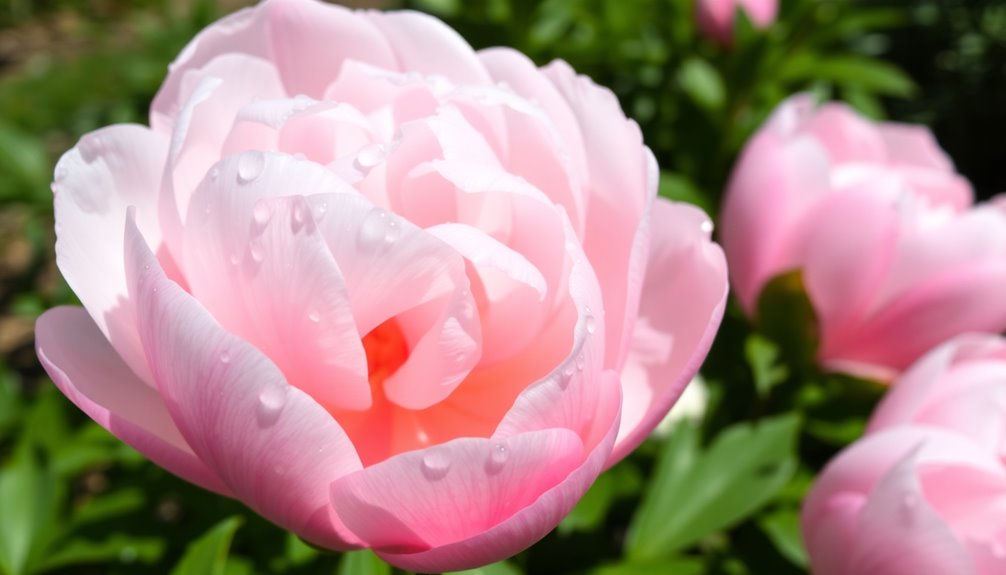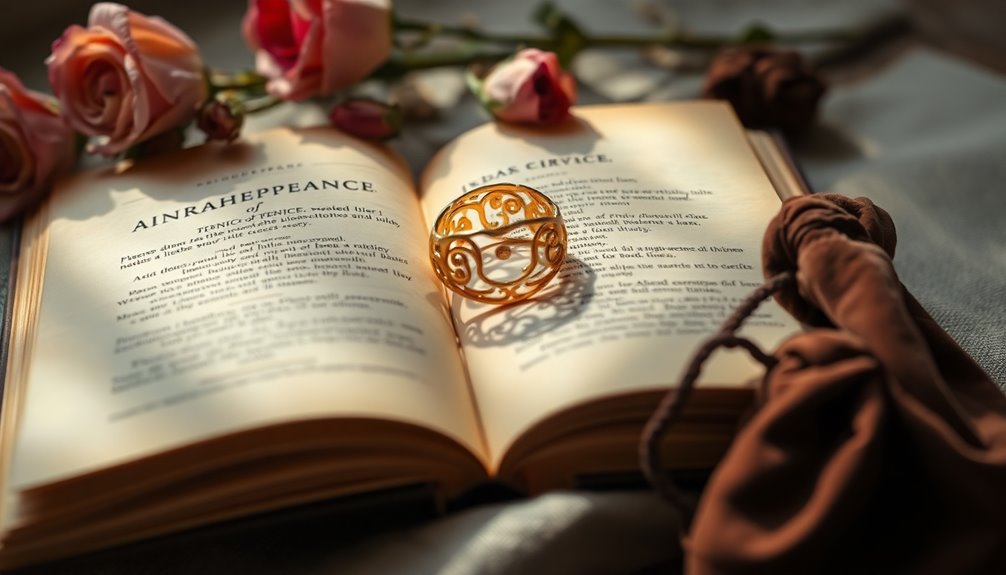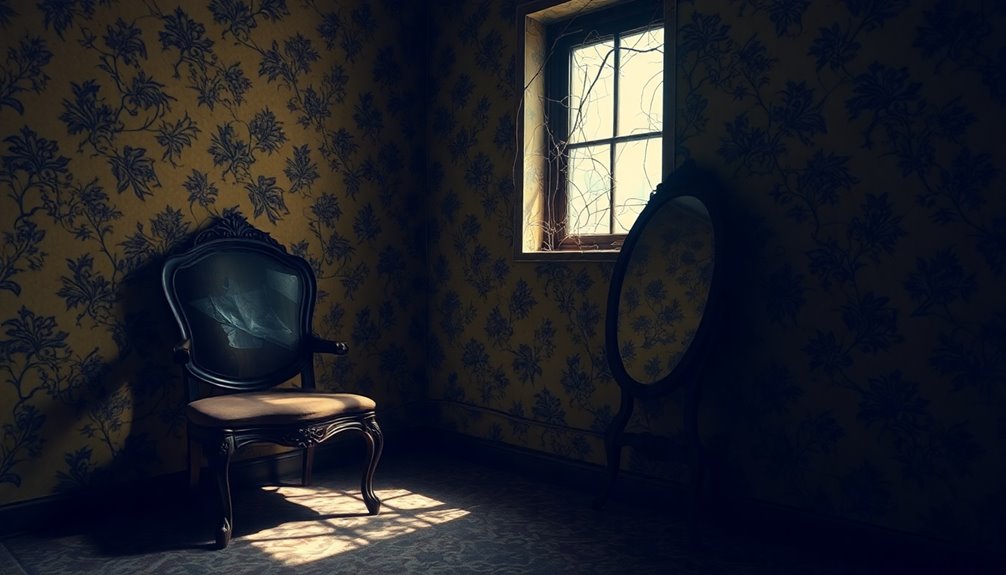White is a powerful color that symbolizes purity and innocence. You often see it at weddings, where brides wear white to show new beginnings and happiness. In Western cultures, white represents clean and fresh spaces. However, in some Eastern cultures, like China, it's linked to mourning and funerals, showing loss. In India, white is connected to spirituality and enlightenment. Using white in design can create calm and peaceful atmospheres, making places feel open and bright. There's so much more to discover about how white affects our lives and the world around us!
Key Takeaways
- In Western cultures, white symbolizes purity and innocence, often represented by brides at weddings.
- In China, white signifies mourning and is traditionally worn during funerals.
- White is associated with spirituality and enlightenment in Indian culture, often seen in rituals.
- Japanese culture links white to both purity and death, reflecting its dual significance.
- Islamic traditions celebrate white for its connotations of purity during Hajj and weddings.
Symbolism of White

When you think about the symbolism of white, purity and innocence often come to mind. In many Western cultures, white is often associated with weddings. Brides wear white to represent new beginnings and the joy of love. This color represents cleanliness too, making spaces feel fresh and bright. You might notice that many brands use white to evoke feelings of simplicity and sophistication.
However, in Eastern cultures, the symbolism of white takes a different turn. In China, for example, white represents mourning and is used in funerals. This shows how different cultures interpret white in unique ways.
In India, white is seen as a symbol of spirituality and enlightenment, reflecting a deeper connection to virtue.
White as a symbol has been linked to divinity and holiness too. Many religious traditions use white to express the sacred and pure nature of their beliefs.
Psychological Effects of White

White can transform a space into a serene oasis, fostering calmness and tranquility. When you step into a room painted in white, you might feel a wave of serenity wash over you. This color is linked to purity and cleanliness, creating a peaceful atmosphere that helps reduce stress.
You'll notice that white can also make spaces feel bigger and more open, giving you a sense of spaciousness that lifts your mood. In environments dominated by white, your cognitive function can improve, helping you focus better. It's like having a clear mind in a fresh, bright room!
However, if there's too much white, it might feel empty or sterile, which can lead to discomfort or loneliness. Finding a balance is key.
White creates beautiful contrast with other colors, making everything feel more vibrant and lively. It can even influence how we perceive temperature, often feeling cooler which can affect how cozy or relaxed you feel.
Embracing white in your space can invite a joyful sense of tranquility, enhancing your overall well-being. So, why not consider adding a touch of white to your surroundings?
Cultural Interpretations of White
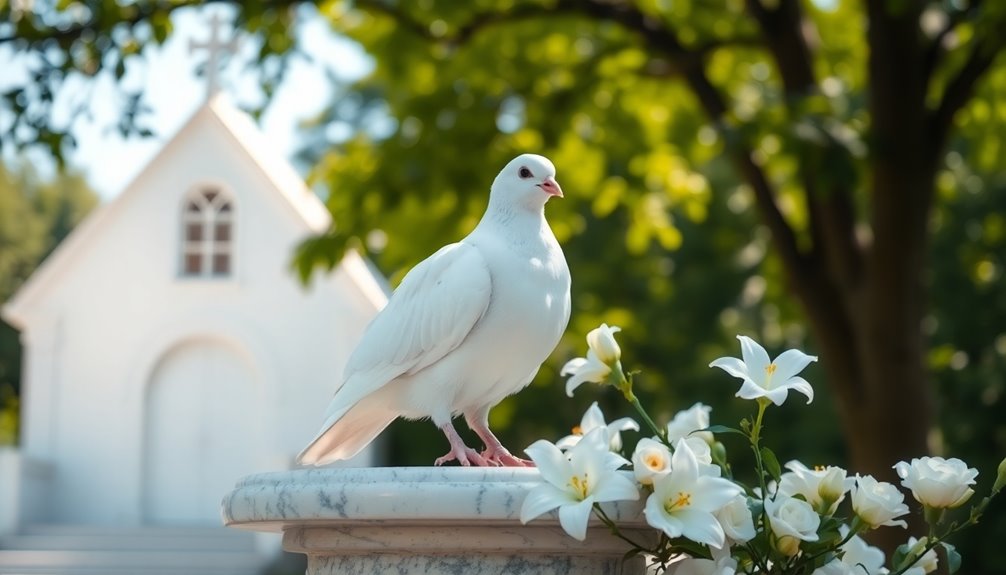
Across various cultures, the color white carries a spectrum of meanings that can surprise you. In Western cultures, you'll often see white at weddings, where it symbolizes innocence and purity. It's a joyful color that marks new beginnings!
However, in many Eastern cultures, white takes on a different role. For example, in Chinese traditions, white is worn during mourning and funerals, representing loss.
In Japan, white holds a special significance too. It's a color of purity, often used in Shinto weddings, yet it's also linked to death during funerals.
In India, white symbolizes spirituality and enlightenment, seen on ascetics and during important rituals. Similarly, in Islamic traditions, white represents purity and is worn by pilgrims during Hajj and at weddings.
This fascinating contrast shows how white can be both clean and celebratory, as well as a color for sorrow. The symbolism of white varies widely across cultures, demonstrating its multifaceted interpretations.
Whether it's for weddings or mourning, white beautifully captures the essence of human experiences. So, the next time you see white, remember, it might mean something special in another culture!
White in Design and Fashion
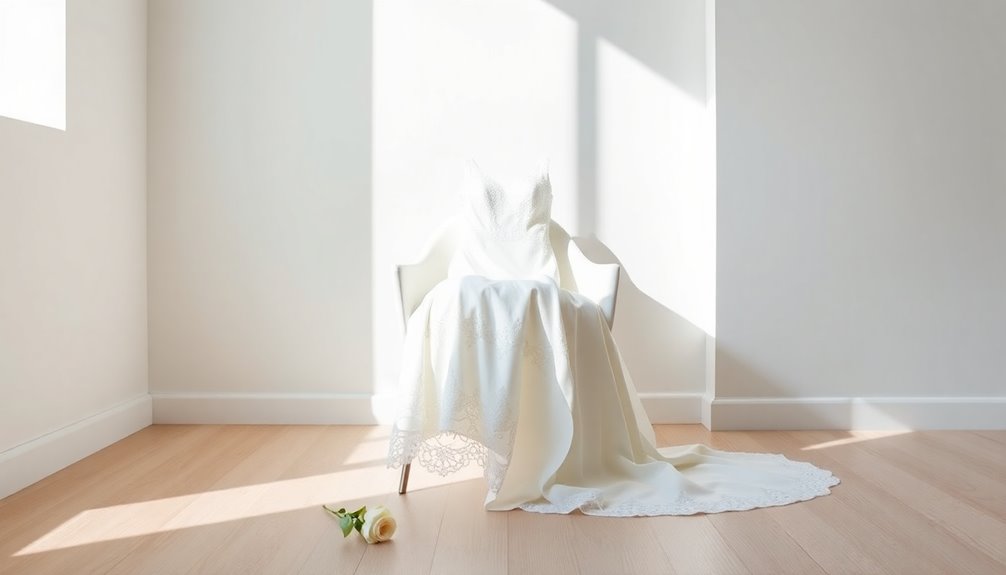
In modern design and fashion, the color white plays an essential role, embodying simplicity and elegance. You'll find that white is often used to create a sense of purity and cleanliness. This color can make any space feel larger and more open, especially in interior design. It enhances natural light, creating a calming atmosphere.
Here are three reasons why white is a favorite choice:
- Versatility in Fashion: White can be paired with many colors, making it perfect for any outfit. A white gown, for example, is often worn by brides, symbolizing an association with purity.
- Creating Contrast: White stands out beautifully against darker colors. This contrast draws attention and adds sophistication to designs.
- Sense of Calmness: Using white in your surroundings can bring a sense of peace. It's like a refreshing change that makes everything feel organized and serene.
Additionally, the use of white can be seen in various branding strategies, as companies often implement specific color psychology to evoke emotions and resonate with their target audience. Brands like Starbucks and Ford cleverly use white to evoke feelings of safety and reliability, contributing to their invigorating image.
Scientific Aspects of White

When considering the role of white in design and fashion, it's fascinating to explore its scientific aspects. White is the lightest color, defined as the combination of all colors in the visible light spectrum. It reflects sunlight beautifully, making spaces feel bright and airy.
In color theory, white is a neutral color that enhances other hues. It's vital for creating tints, or lighter shades, when mixed with different colors. Here's a quick look at how white interacts with other colors:
| Action | Result |
|---|---|
| Mixing white with red | Creates pink |
| Mixing white with blue | Creates light blue |
| Mixing white with green | Creates light green |
| Mixing all colors together | Usually results in gray/brown |
| Using a prism on white light | Shows a spectrum of colors |
In photography, white is essential for correct exposure and contrast. It helps define shapes and objects clearly. Understanding these scientific aspects of white enriches your appreciation of its beauty in everyday life. Whether you're designing a room or taking a photo, remember how this achromatic color can transform your vision!
Frequently Asked Questions
What Is the Symbolize of White?
White symbolizes many things! It often represents purity and innocence, making it a popular choice for weddings.
In some cultures, though, white can mean sadness or mourning. It's also linked to cleanliness and simplicity, so you'll see it in modern designs.
Additionally, in religious settings, white shows holiness and divinity.
What Does the White Symbol Mean?
When you think about the symbol of white, picture purity and freshness!
White often stands for new beginnings, like a clean canvas ready for your imagination. In some cultures, it's a color for mourning, reminding us of its deeper meanings.
You might see white in weddings, representing joy and innocence. It's also linked to cleanliness and simplicity, making spaces feel bright and inviting.
What Is the Full Meaning of White?
When you think about the color white, you might picture a fresh start or something pure and clean. It represents innocence and new beginnings, like at weddings.
In some cultures, though, white can mean sadness and loss. You'll also find it in religious settings, symbolizing holiness.
Plus, in design, white gives a simple, elegant look that makes things feel trustworthy.
What Power Is the Color White?
The color white holds amazing power! It brings feelings of calmness and clarity, helping you focus better. When you see white, it often feels fresh and clean, like a new start.
In different cultures, white can represent joy, like at weddings, or sadness, like during funerals. It's also a popular choice in design because it makes things look simple yet elegant.
Conclusion
To sum up, the color white is full of meaning and can brighten our lives in many ways! It symbolizes purity and peace, making it perfect for weddings or special celebrations. Imagine walking into a room filled with white flowers; it instantly feels calm and fresh, doesn't it? Whether in art, culture, or design, white can bring joy and clarity. So, let's embrace white and all the beautiful feelings it brings into our world!




